This week was quite busy for me. After a quick half-day seminar for the top managers of the CDC, I organized a full-length, 2-days training seminar on business model innovation for Gemalto. This was the program that I addressed with Gemalto staff :
Dematerialization, disintermediation of value chains, acceleration of commercial exchanges, brand sociology, industry servicisation, abundance and volatility of new offers, collaborative consumption… All these phenomena shake traditional businesses and present a new face for innovation.
This training will explore how innovation is not only about technology, but about new business models, and new forms of added-value for the markets. Participants will be able to understand how digital and traditional economy differ, the role of multi-sided markets, how to pivot and enhance a product offer around a specific added-value, the importance of business ecosystems, walled-gardens strategies, etc. These new forms of innovation will be demonstrated through several real startup or corporate examples. The underlying mechanisms and practical impacts to build up innovation through strategic business modelization will be explained with specific tools, and used in interactive group work. Both managers and engineers involved will then be able to get a broader perspective on how innovation can be achieved, how to model it with their teams, assess risks and prepare live deployment.
The first step of such trainings is to deliver a practical business model template that an industrial will be able to leverage later on (see this post if you want to know why the business model canvas is nice enough to generate ideas, but not enough to follow-up with serious business development in my opinion) :
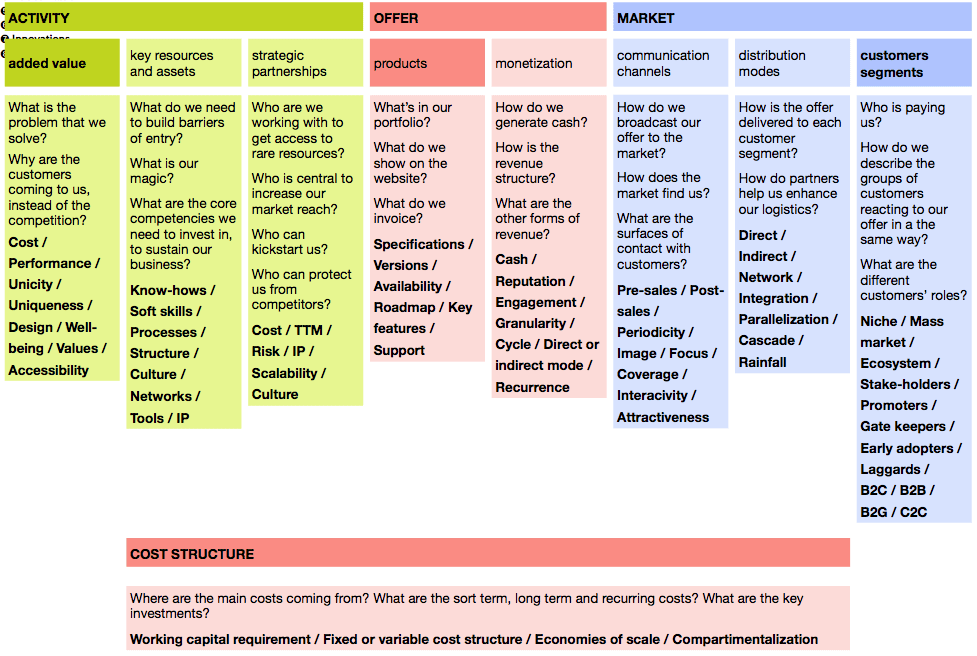
Once this template is understood we move on to the workflow involved in prototyping business models:
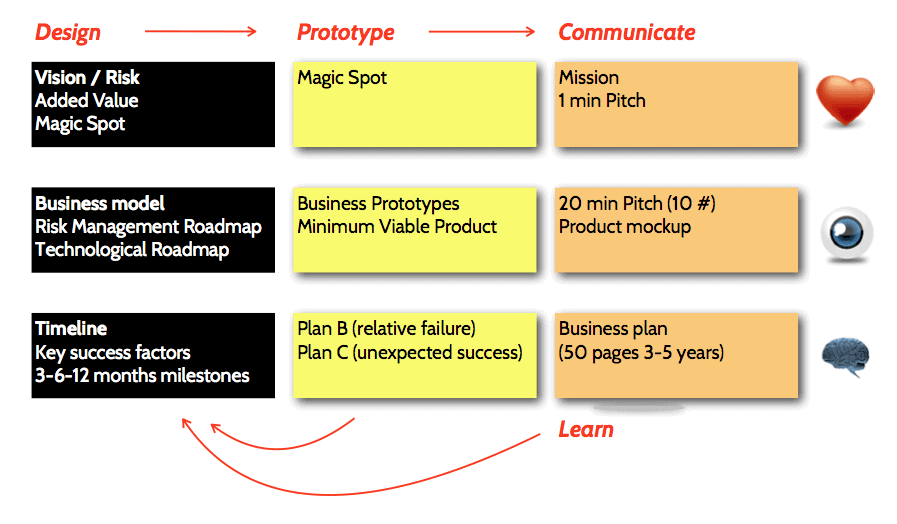
What is always important for me is to clearly explain that business model innovation is essentially mixed martial arts fighting. It requires tools from strategy, marketing, business development and eventually finance. It means that essentially you should learn how to instantly connect different visions together, seamlessly. In the end the shocking truth, is that it’s rather easy.
The next stage is to be able to define the added value in your business model. This is THE critical step, and most of the time the “magic spot” approach works really well:
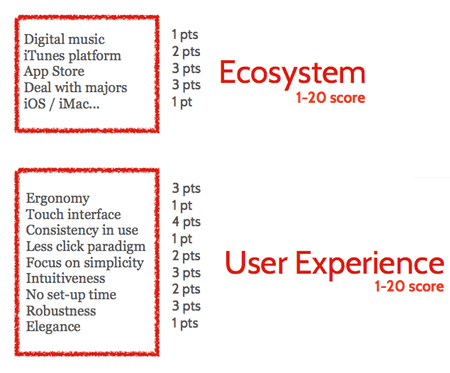
A first way of finding the magic spot for your business model could be to follow a product-driven approach:
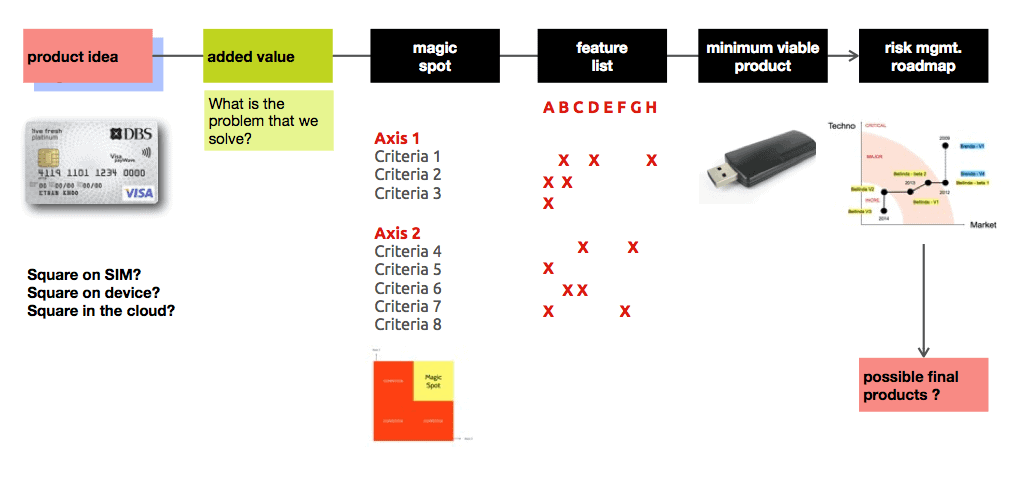
Or go the opposite way, with a market-driven strategy:
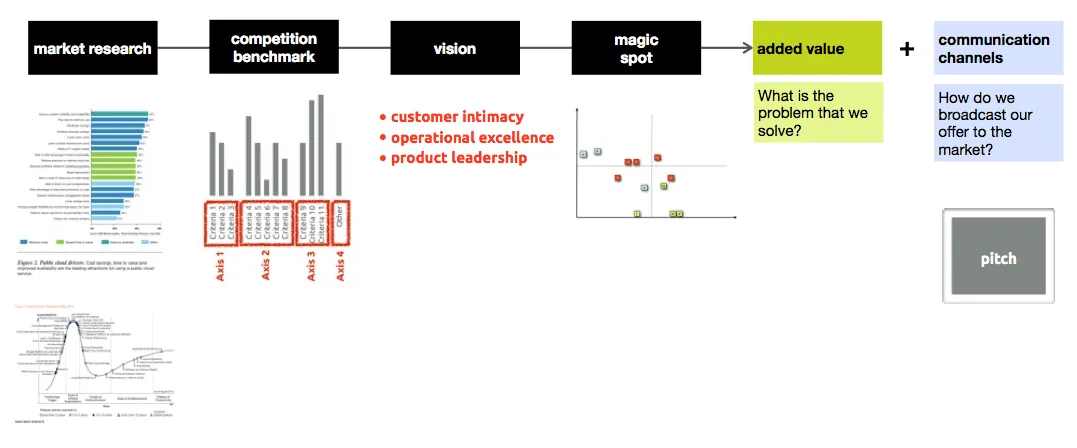
It’s usually interesting to note that with a product-driven strategy you have to determine right away where’s the added value behind the product, to be able to move on and design a solid business model. If you are driven by the market perspective, you will try to find the market whitespace: where are the competitors failing to deliver and decide what you can do about it. Finding your added value will then be the final step.
Once the magic spot is set, you can follow-up with the risk management roadmap:
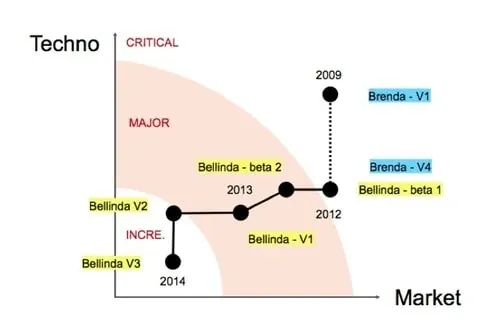
Practically, this will also define what is the MVP (minimum viable product) to check if your added value is agreed upon by your customers, and if your business model will be really viable.
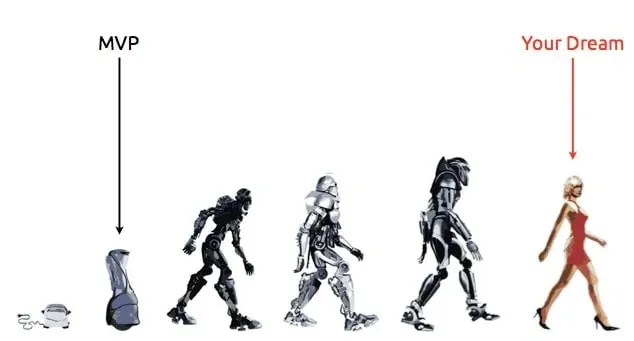
But before that you need a first round of business model prototyping and testing, to make sure that your business model design is sound:
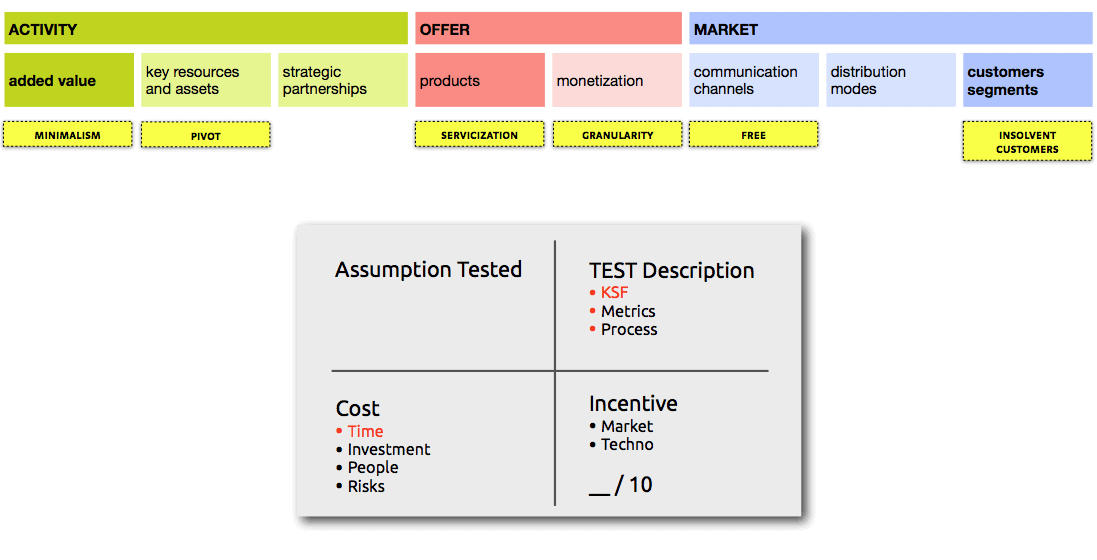
Typically 30 to 50 tests can be designed to cover a specific business model. The goal is to screen them as quickly as possible, and only keep half-a-dozen of them that would: A) test your business model completely ; B) have the highest capacity at exploring your market and technological risk ; C) and also have the minimal cost to actually perform in real life.
Once all that is set, you’ll start to draft the first global timeline and slide from business design and business prototyping, to business development:
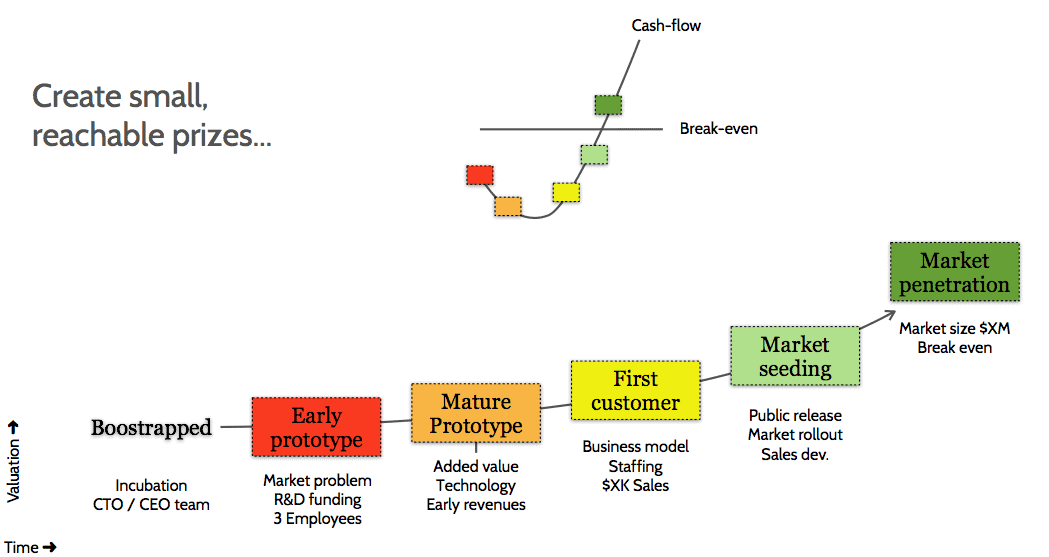
As you can understand, you will use timeline and many situations: for your 20 min pitch to investors or business gate-keepers, to lead your team through prototyping and business development, and — if sadly you need to write one — as the backbone to a business plan.
Eventually you will want to benchmark how your business model is performing, from the early design stage, to real-life implementation. I typically use a light-weight scoring grid that maps the 20 min startup pitch (problem, solution, magic…):
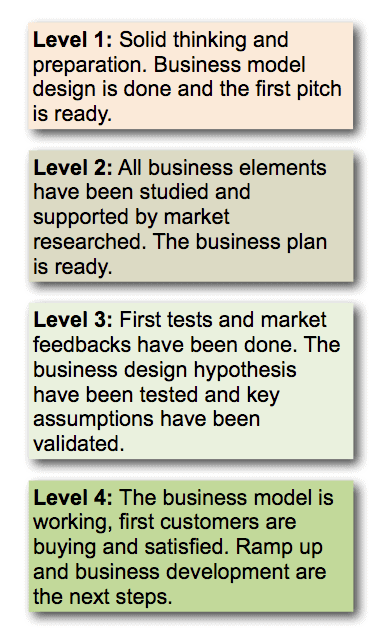
I hope that this few minutes glimpse on business model design will help you understand that business model innovation is not only about sticking post-its on walls. ; )

